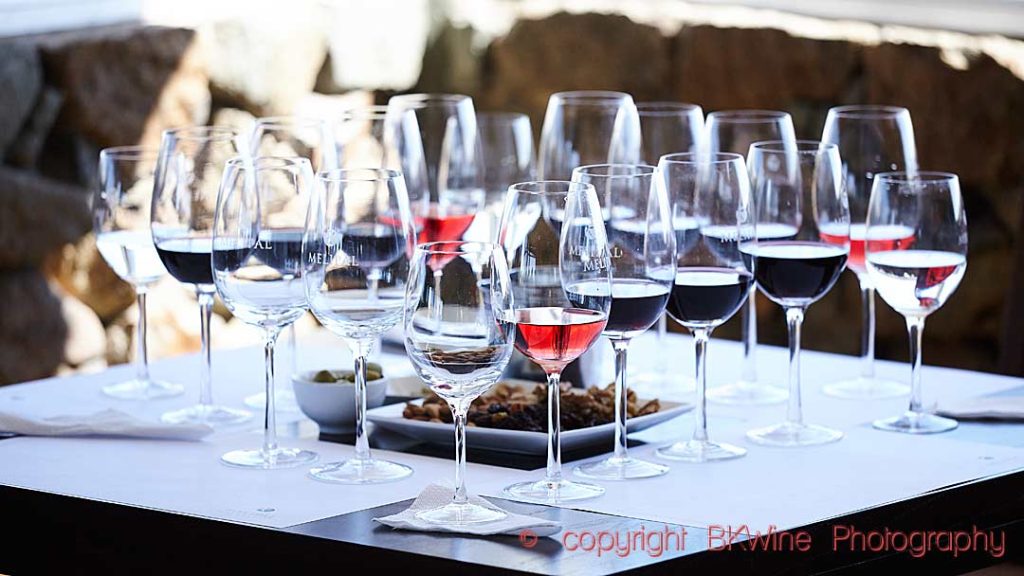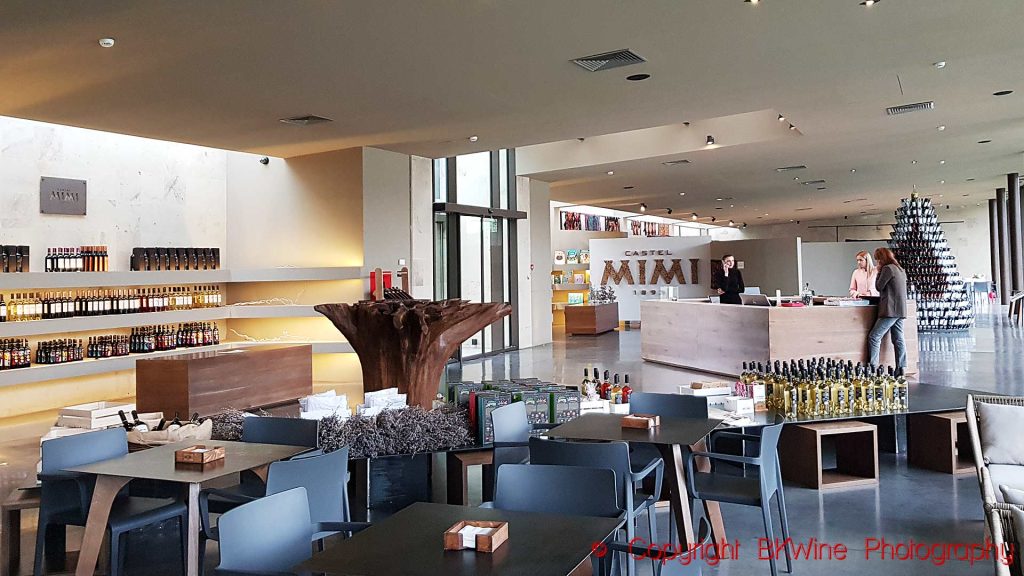Is Napa Valley pricing itself out of the market for wine tourism and for wine?
The average tasting room tasting fee in Napa is $128 for a “reserve tasting” and $81 for a “standard tasting”. The average suggested retail price of a bottle of Napa wine is $108. These astonishing numbers come from the 2023 Direct to Consumer Wine Survey by the Silicon Valley Bank. They position Napa as far more expensive to visit and to drink than any other wine region in the USA, and probably in the rest of the world too. Is Napa Valley pricing itself out of the market for wine and for wine tourism or are these fees long-term sustainable?
Per Karlsson, a member of the Wine Travel Awards community (this year his wife Britt Karlsson took part in the WTA as a nominee in the Top Guide category, and his travel agency BKWine Tours was nominated for Travel Operator of the Year), shared with D+ his article published on the portal www.bkwinetours.com. We found these observations incredibly interesting and worthy of further research. After all, the current cost of American wine and the shift towards direct sales are trends that could revolutionise the world of wine.
The 2023 Direct to Consumer Wine Survey by the Silicon Valley Bank is based on a survey so it is not necessarily scientifically exact numbers, but it is still astonishing. Napa Valley is very expensive both to visit and to buy the wines from. Direct-to-consumer (DTC) sales are increasingly important in the US. These sales are, of course, to a large extent done on-line or “off-line” through mail-order. But some of it is also done at the cellar door, hence the importance of the wine tourism numbers. Rob McMillan, author of the report, notes that today DTC sales are almost 75% of the average winery’s sales, compared to only half ten years ago.






